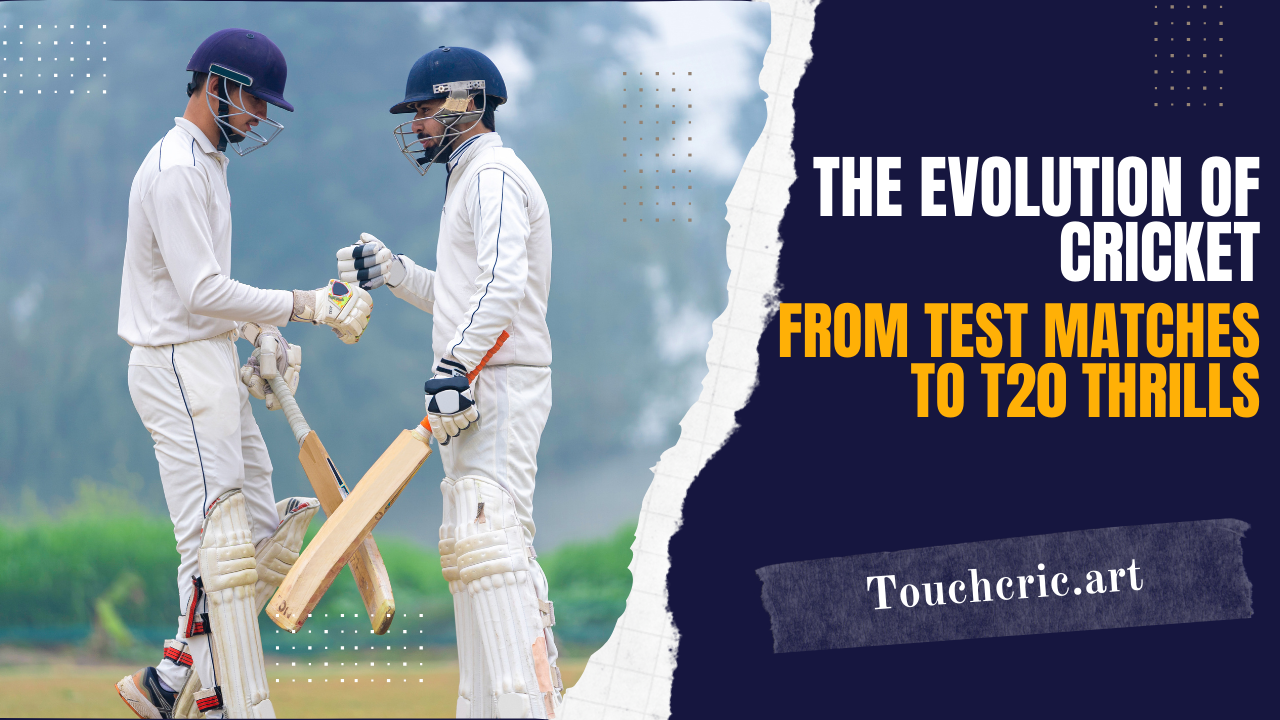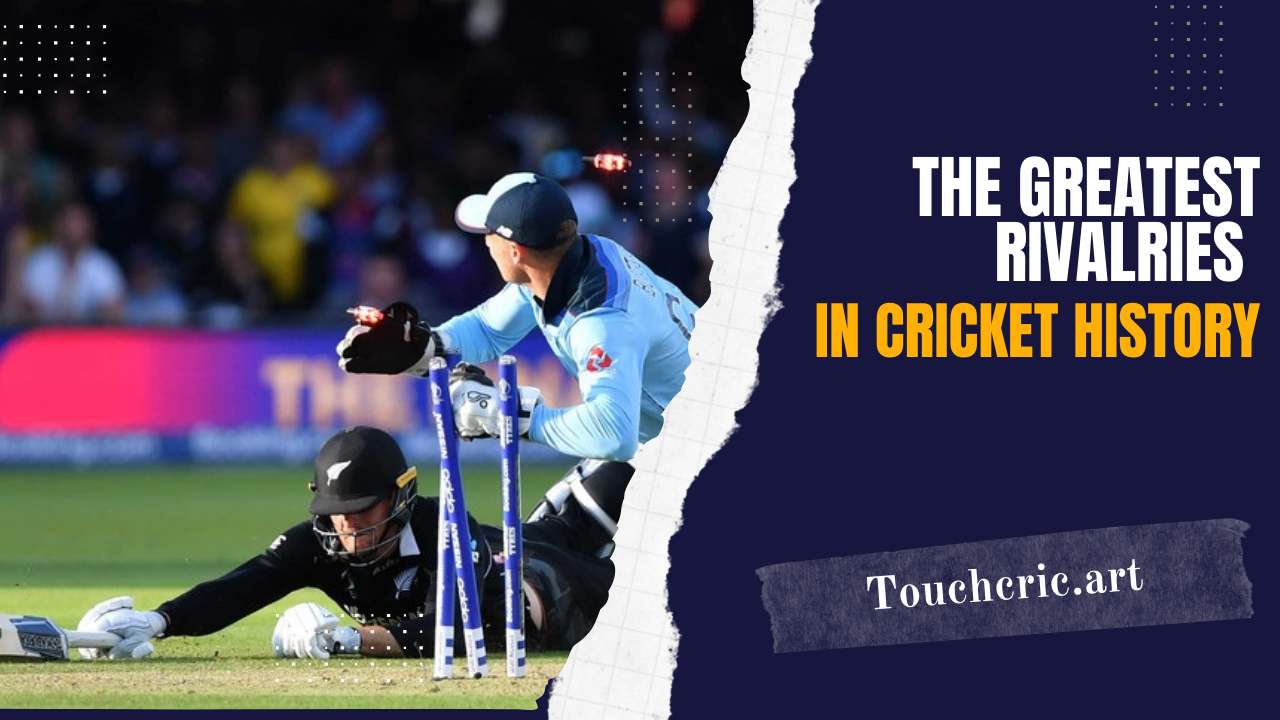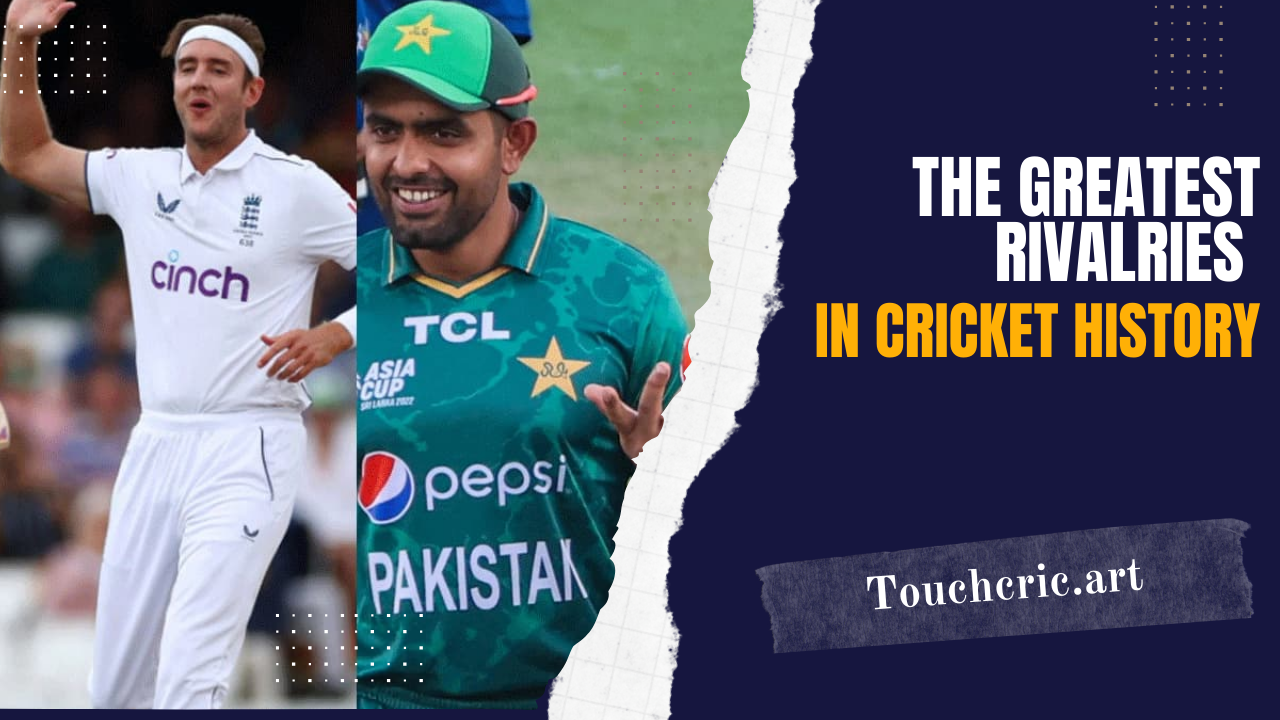Introduction
Cricket, often described as a gentleman’s game, has captivated millions around the globe. From its humble beginnings as a leisure activity in England to the adrenaline-pumping T20 leagues today, cricket’s journey is a fascinating tale of transformation. So, what makes cricket so enduring, and how did it evolve into the spectacle we know today? Let’s dive in!
To watch live cricket streaming online wo can visit Touchcric.
The Origins of Cricket
Early Days in England
Cricket traces its roots to rural England during the 16th century. It began as a simple pastime played on village greens, where locals competed for fun. By the 18th century, formal rules were introduced, laying the groundwork for organized gameplay.
Cricket Goes Global
As the British Empire expanded, cricket traveled to distant colonies. Countries like India, Australia, and the West Indies embraced the sport, turning it into a global phenomenon. The formation of governing bodies like the Marylebone Cricket Club (MCC) played a key role in standardizing the game.
The Era of Test Cricket
The Inception of Test Matches
The first official Test match was played in 1877 between England and Australia, marking a new chapter in cricket’s history. This format emphasized skill, patience, and endurance, with games lasting up to five days.
The Role of Test Cricket in the Early 20th Century
Test cricket became the pinnacle of the sport, attracting legendary players like Don Bradman, who elevated the game to new heights with their exceptional talent.
The Birth of One-Day Internationals (ODIs)
Why ODIs Were Introduced
The 1970s witnessed a growing need for shorter formats to appeal to wider audiences. Thus, ODIs were born, condensing the game into a single day to offer fast-paced excitement.
Impact of ODIs on Cricket
The introduction of the Cricket World Cup in 1975 brought international glory and competition to the forefront. ODIs blended skill with entertainment, making cricket more accessible to fans.
The T20 Revolution
Introduction to T20 Cricket
In 2003, T20 cricket burst onto the scene as a game-changer. The format reduced matches to just 20 overs per side, emphasizing aggressive play and thrilling finishes.
Influence of Franchise Leagues
T20’s popularity skyrocketed with the advent of franchise leagues like the Indian Premier League (IPL). These tournaments not only showcased global talent but also revolutionized how cricket was marketed and consumed.
Key Differences Between Test, ODI, and T20
Format and Duration
While Test matches span five days, ODIs and T20s last for one day and three hours, respectively, catering to different audience preferences.
Player Skills and Strategies
Test cricket demands endurance and technique, ODIs require adaptability, and T20 focuses on innovation and quick decision-making.
The Role of Technology in Cricket’s Evolution
Decision Review System (DRS)
The introduction of DRS enhanced fairness in decision-making, ensuring that players and fans trust the outcome of Innovations in Broadcasting.
High-definition cameras, spider cams, and advanced analytics have brought fans closer to the action, transforming how the game is experienced.
The Cultural Impact of Cricket
Cricket as a Unifier Across Nations
From the Ashes to India-Pakistan clashes, cricket has a unique ability to bring people together while igniting national pride.
Famous Rivalries and Their Impact
Historic rivalries add drama to the sport, creating unforgettable moments that resonate across generations.
Conclusion
Cricket’s evolution from leisurely games to high-stakes tournaments reflects its adaptability and timeless appeal. Each format—Test, ODI, or T20—has contributed to making cricket a sport loved by billions. Its journey is far from over, promising exciting innovations and continued growth.
FAQs
1. What are the major formats of cricket?
Test, One-Day Internationals (ODIs), and T20 are the three major formats.
2. When was the first-ever Test match played?
The first Test match was played in 1877 between England and Australia.
3. How did T20 cricket change the sport?
T20 introduced a shorter, more dynamic format, making cricket faster and more appealing to younger audiences.
4. What role does technology play in modern cricket?
Technology like DRS and advanced broadcasting has improved decision-making and enhanced viewer engagement.
5. What is the future of cricket as a sport?
Cricket is poised to grow globally, with innovations in formats and technology driving its expansion.
Related Article:
Best Cricket Streaming Sites: Top Platforms to Catch Live Action Anytime, Anywhere




